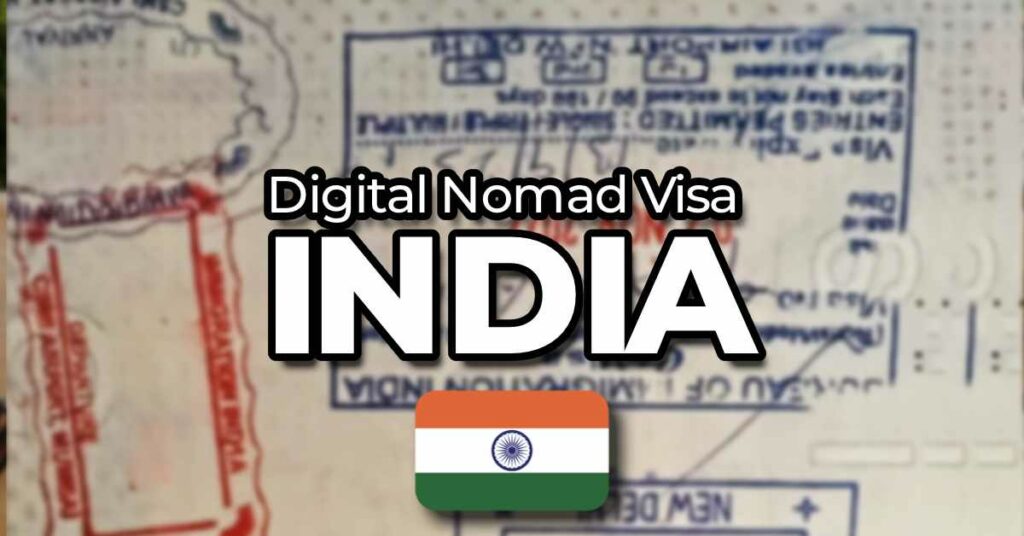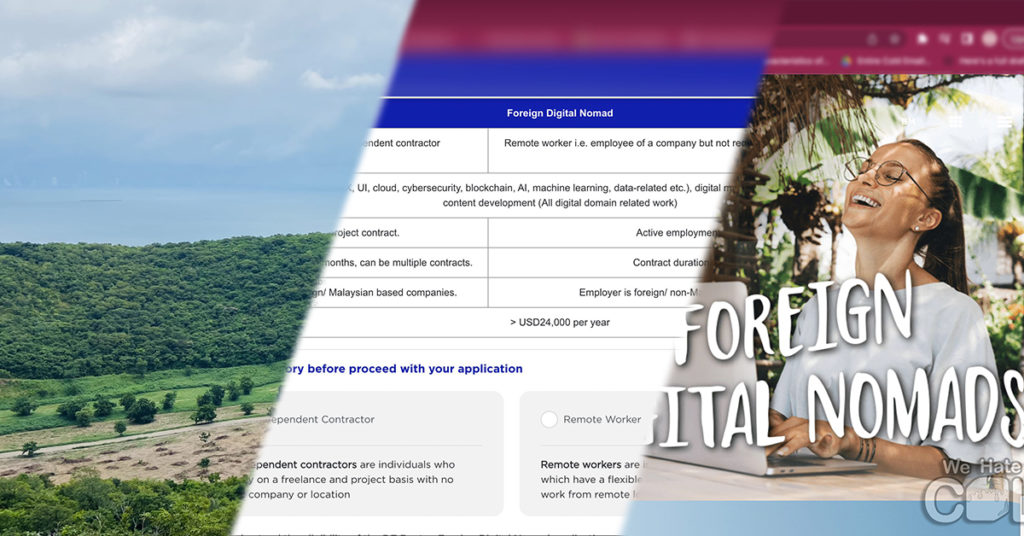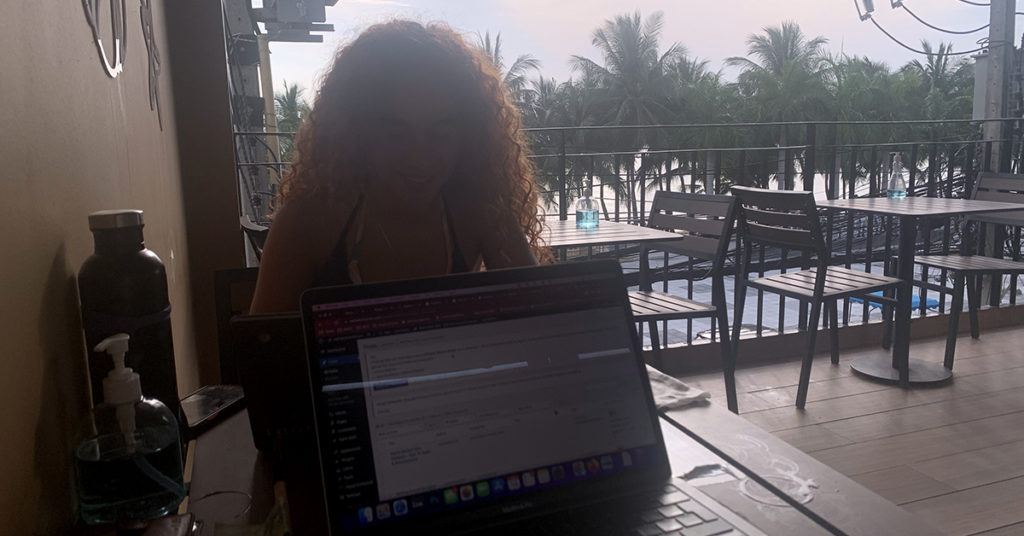Looking to embark on a digital nomadic journey in India but are confused by the lack of clear visa information? Let’s change that. India doesn’t currently offer a dedicated Digital Nomad visa, and the web may not have the answers you seek. In this article, I’ll break down the visa options and legalities for working remotely in India, providing a straight-to-the-point guide to help you achieve your digital nomad dream in this wonderful nation.
Keep in mind that the information here is based on my own research, I’d advise consulting a professional for the best visa options that suit your unique circumstances.
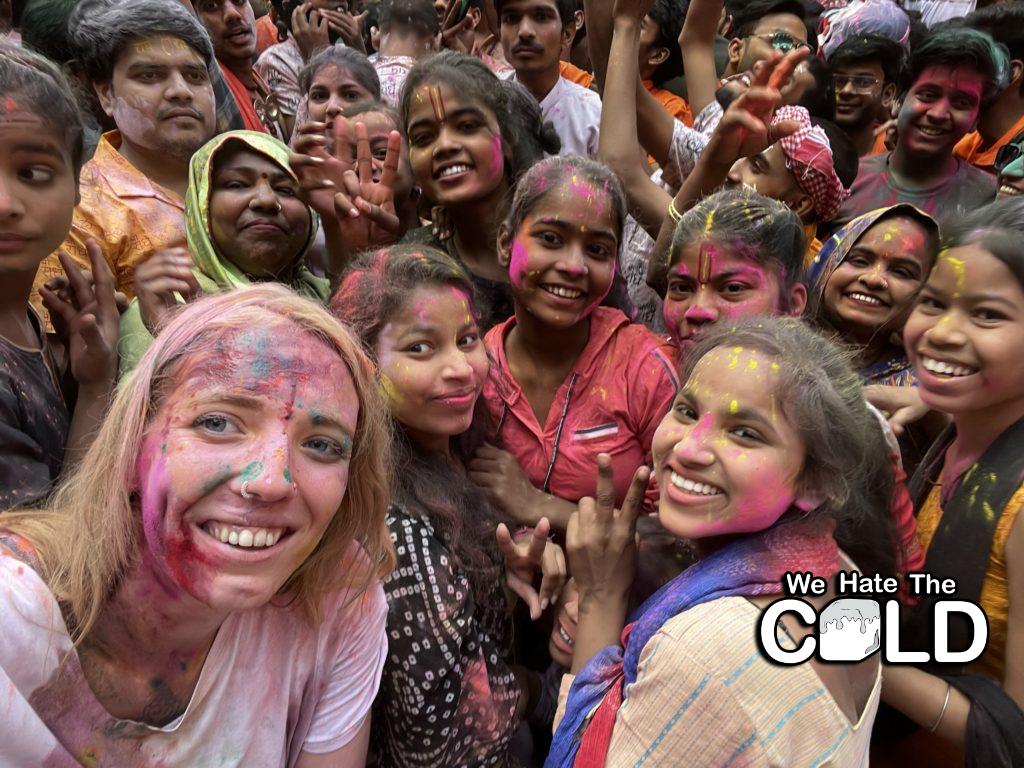
Does India Have A Digital Nomad Visa?
As of now, India doesn’t provide a specific Digital Nomad Visa. Digital Nomads often opt for the Multiple Entry Tourist E-Visa, available on the official website. Two options exist: a one-year e-Visa for approximately $43 and a five-year e-Visa for around $83.
The fees for the Indian Tourist visa depend on your nationality and are subject to change. To stay up-to-date, you can check the government’s official website mentioned above. The Indian tourist e-Visa can’t be extended or converted. Once your current e-Visa is about the expire, you can easily apply for a new one through the government’s official website. It’s called a one-year or five-year visa, and you’d have to leave the country after 90 days before you’re allowed to return again.
Many tourists and Digital Nomads make a visa-run for this reason. Another rule has been added recently – you’re only allowed to stay up to 180 days in one calendar year.
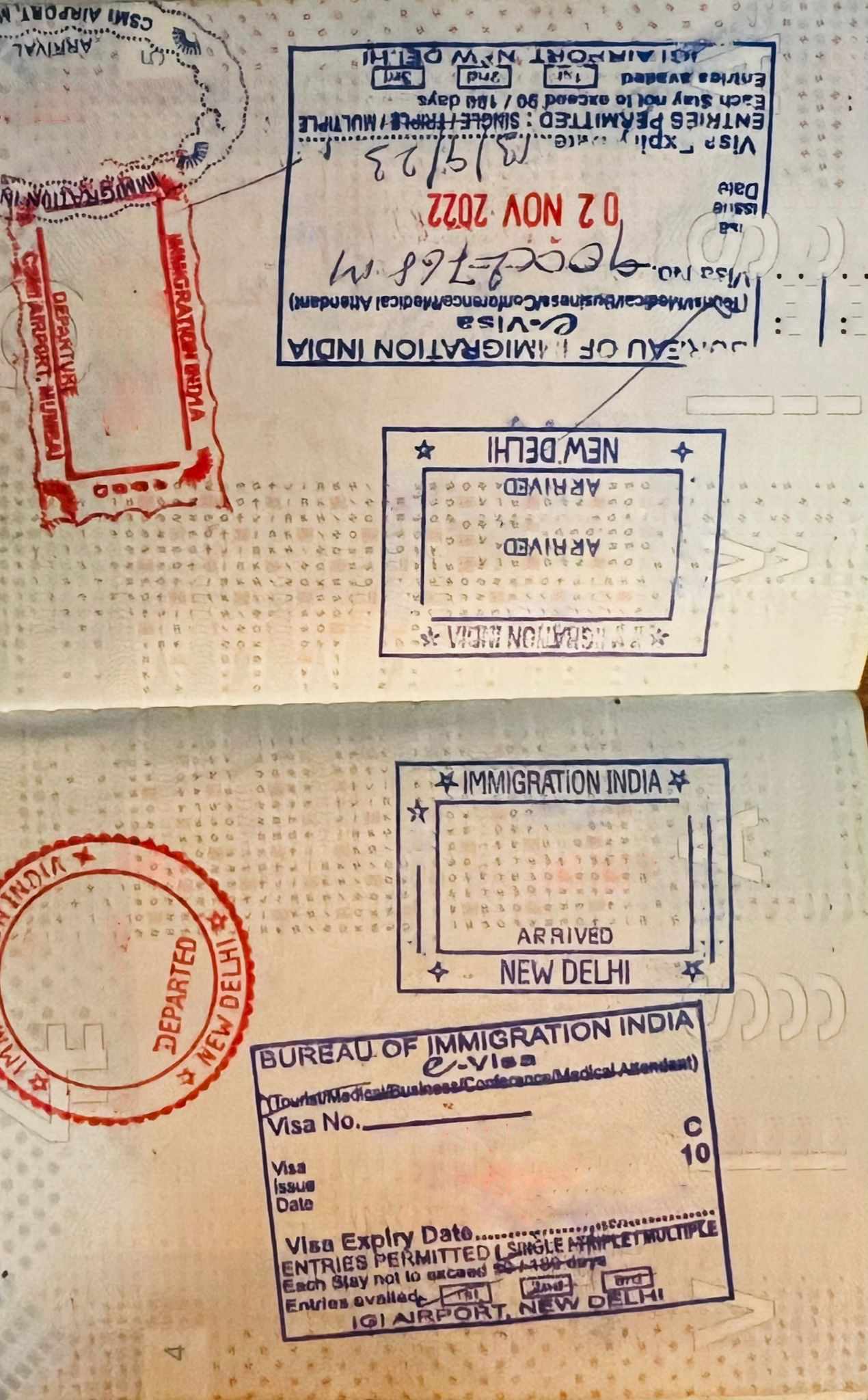
Good to know: For American and Japanese citizens, there’s the advantage of a ten-year visa, which permits a 180-day continuous stay in India within a calendar year.
To get into India, you often have to prove that you’re leaving the country after the given 90 days. If you don’t want to book a flight out yet and need proof for onward travel requirements, you can utilize services like Onwardticket to secure temporary flight reservations for a small fee of $12-$16. Alternatively, bus tickets to neighboring countries, such as India to Nepal, can serve as proof. A bus ticket from Delhi to Kathmandu costs approximately $38.
Airlines often ask for your onward ticket/travel plan before boarding the plane to India.
Quick Visa Facts
Here is a quick overview of the Indian Tourist E-visa:
- Name – Multiple Entry Tourist E-visa
- Fee – Approximately $43 for one year, $83 for five years (varies by nationality)
- Visa length – 1 or 5 years (10 years for US and Japan)
- Extendable? – No
- Multiple entries? – Yes, unlimited
- Requirements
- Passport should have validity of at least six months from the date of arrival
- Passport photo (51x51mm) taken within 6 months
- Local adress of stay
- Who can apply? – Any tourist from these countries
- Tax
- Territorial tax system. If the company is registered outside, you don’t need to pay tax on money earned outside of India
- Tax residency changes after 182 days
Paying Taxes in India for Digital Nomads
India follows a territorial tax system, which means that only local income from a source inside the country is taxed. In the residence-based system, residents of the country are taxed on their worldwide (local and foreign) income, while foreigners are taxed only on their local income.
Taxability of income in India depends on residential status in India, the source of income, and the place of the receipt of income. Tax laws are always changing, please do your own research and consult with a professional to know what applies to you.
Applying For The Indian Multiple Entry Tourist Visa
There are two ways you can get a tourist visa for India:
- On arrival (applicable to only a handful of nationalities
- Online using the e-visa service
On Arrival Tourist Visa
On Arrival Tourist Visa, while an option, is less convenient compared to the e-Visa, which offers greater flexibility and choices. The Tourist Visa on Arrival costs around $60 and is valid for 30 days, non-extendable. The visa can be obtained twice in a calendar year, and there should be a minimum of two months between the two visits.
Documents Required for this Visa:
- Passport valid for a minimum of 6 months with a minimum of two blank pages
- Two passport-sized photographs
- Photocopy of passport
- Return ticket/Onward ticket
Countries eligible:
- Finland
- Japan
- Luxembourg
- New Zealand
- Singapore
- Cambodia
- Vietnam
- Philliphines
- Laos
- Indonesia
- Myanmar
The airports that offer this service:
- Delhi
- Mumbai
- Chennai
- Kolkata
- Kochi
- Thiruvananthapuram
- Hyderabad
- Bengaluru
Online E-Visa Portal
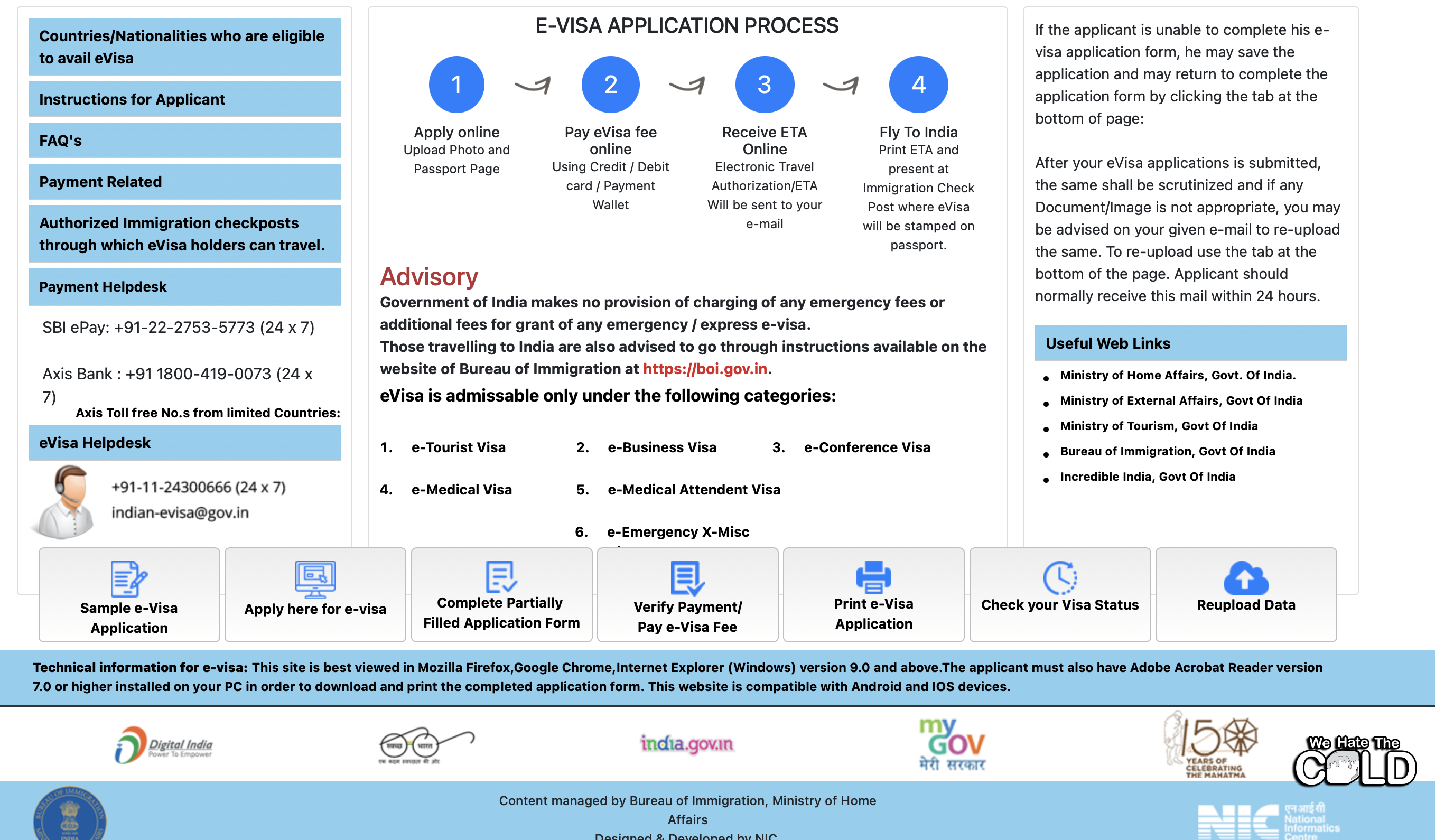
This is the best option to obtain your Multiple Entry Tourist E-Visa. You can choose an e-Visa valid for 30 days, one year, five year, and, in certain cases, ten years. You can apply from anywhere, and in my experience, you’d receive your e-Visa within 48 hours.
Enter the country at one of the 30 e-Visa designated airports, which are mentioned on your visa. Note that you cannot enter the country by land crossing when arriving for the first time. After you’ve entered once, you can re-enter back into India through land borders.
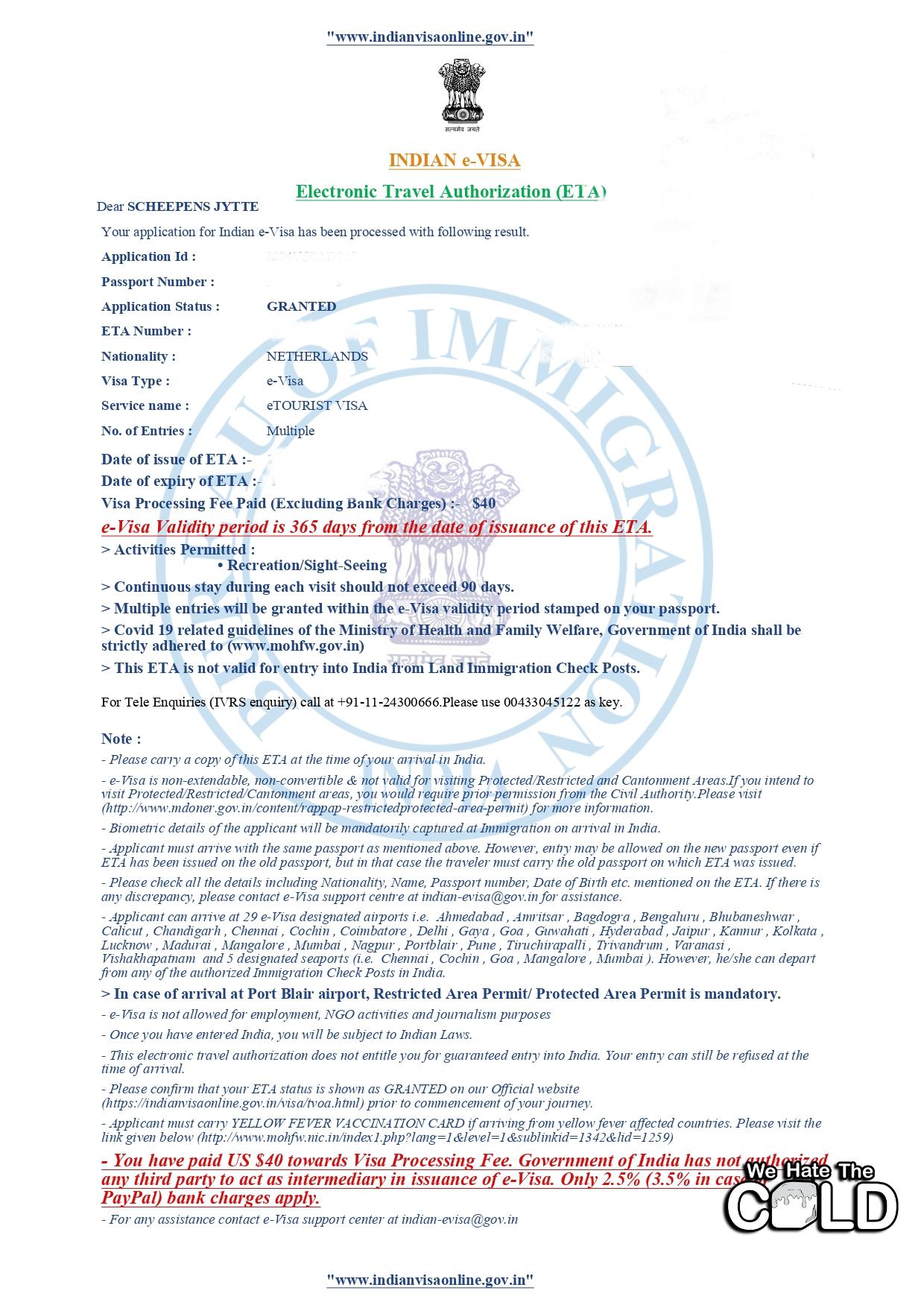
The Indian E-Visa you’ll recieve
To apply for the e-Visa you’d need:
- To be from an eligible country. Check here
- Passport details page photocopy
- Passport-sized photograph scan (51x51mm)
- $43 for one-year/$83 for five-year (this depends on your nationality)
- Certain additional documents depending on specific requirement
Can I Just Work In India on A Tourism Visa?

Many digital nomads work remotely on their Indian tourist visa. It seems to be a grey area, meaning it’s not completely legal. If you’re working remotely for a company or client outside the country, it should be fine. However, if you’re taking a local job or a local company is involved, then it’s a clear NO.
There’s a lot of mixed information on the internet, and when reaching out to the e-Visa support team, it seems they don’t really know either, so it’s sort of a grey area. As for my own experience, I’ve been remotely working in India, like many others, on a tourist visa for around one year. I wouldn’t officially recommend doing the same, but in India it doesn’t seem to be completely illegal, either.
If you’re planning to stay and work for a short period like two/three months or so, it’s definitely not an issue. If you’re planning for longer, it might be better to consult a professional for advice.
You can work on a Tourism Visa if:
- You are freelancing for clients outside India.
- You work for a foreign company, and your earnings remain outside India.
- Your bank account is not Indian-based.
You can’t work on a Tourism Visa if:
- Your employer is based in India.
- You engage in local employment or business.
Other Visa Options for Digital Nomads in India
Here are some other Visa options you might be able to use as a Digital Nomad in India, there are many more visa options other than the ones mentioned below, but these might be considered possible options if you meet the requirements.
Please check current laws and regulations around these, as they are subject to change.
Business Visa
You might be able to get a Business Visa for India. You should have assured financial standing, and be able to prove the same, along with being able to prove your expertise in the field of intended business. The Business Visa is for foreigners who want to:
- Establishing an Industrial/Business Venture: To initiate or explore opportunities for setting up an industrial or business venture in India.
- Buying/Selling Products: To engage in transactions involving industrial, commercial, or consumer products.
- Business Meetings and Services: For participating in technical discussions, attending board meetings, or providing business services and support.
- Recruitment: For the purpose of recruiting manpower.
- Partnership/Director Roles: To fulfill roles as partners or directors within a company.
- Project Monitoring/Meetings: Visiting for a short duration to oversee ongoing projects or conduct project-related meetings.
- Pre-Sales/Post-Sales Activities: Engaging in activities related to pre-sales or post-sales, without executing actual contracts or projects.
The Business Visa can be extended up to five years, but this is totally dependent on many things such as sales made, gross income through the company, and others. The same applies to the costs of the visa. To know more, I’d recommend consulting a local consulate or embassy.
Intern Visa
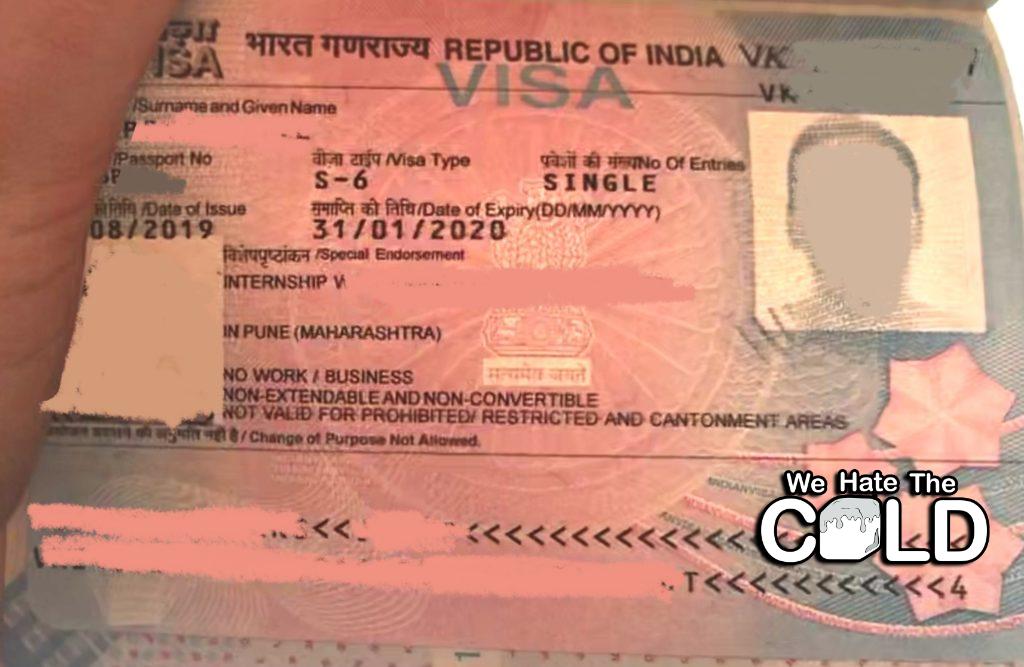
An Indian Intern Visa (important information blurred for obvious reasons)
The Intern Visa can be granted to foreigners intending to pursue internship in Indian companies/Educational Institutions/NGOs. The Intern Visa can be obtained during or right after completing your studies, with a maximum two-year gap between graduation and the start of the internship. The period of Intern visa is restricted to the duration of the internship program or one year, whichever is less. Costs vary depending on the kind of internship, duration, and more. If you wish to apply for this visa, you’re obligated to visit the Indian Consulate or Embassy in your country of residence.
Student Visa
The Student Visa is granted to foreigners who wish to study in India. You can apply for a student visa if you wish to pursue a full-time, recognized course or a short-term course at Indian educational institutions, as well as student exchange programs. The duration of this visa can be either five years or the duration of the course of study, whichever is less. The fee for this visa depends on your nationality and ranges from $14 up to $118.
Summary
The growing popularity of digital nomadism in India comes as no surprise, given the country’s remarkable diversity. India offers a wide array of experiences, from the lush Western Ghats and tropical Goan beaches to the snow-covered Himalayan mountains in the North.
Furthermore, India is exceptionally budget-friendly, boasts reliable digital infrastructure – particularly in urban areas – and offers convenient transportation options like buses and trains for easy travel between destinations.
Nonetheless, it’s worth noting that India’s digital nomad scene is still emerging. Consequently, the availability of coworking spaces remains limited, and complete legal provisions for remote work in the country are still in the developmental stages.
India is yet to offer a visa for Digital Nomads, for now many use the Multiple Entries Tourist E-Visa option for that purpose. You can choose for a one-year of five-year E-visa. You have multiple entries and are allowed to stay in the country for 90 or 180 days continuously.
You can apply for your visa or get more information on the official government website here.

Jytte is a 22-year-old female adventurer from The Netherlands. She loves to fully immerse herself in the local ways of living, going ‘off the beaten path’ to truly experience the countries she visits and their unique way of life. Her wanderlust has taken her to Asia, with a particular focus on India. Here you’ll find her writing about all things India and Asia with a focus on digital nomadding there.
